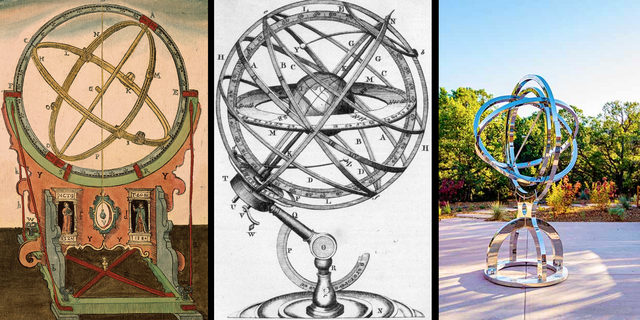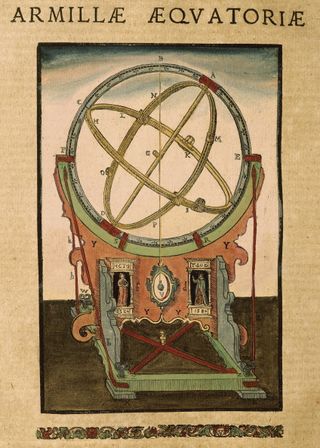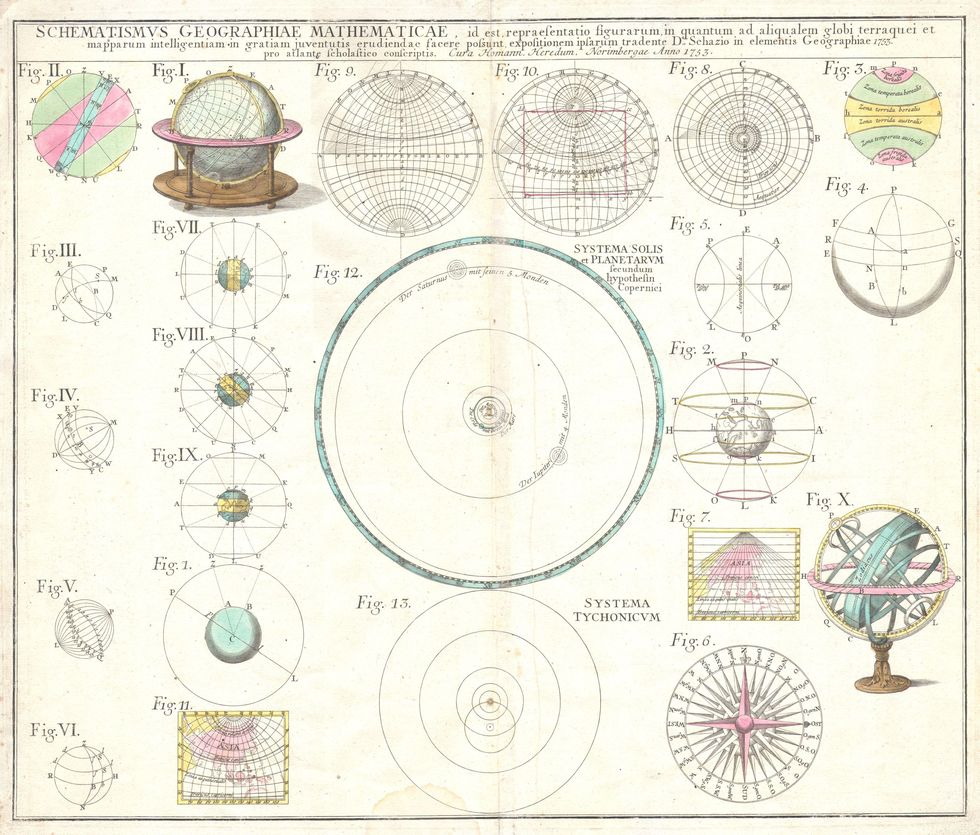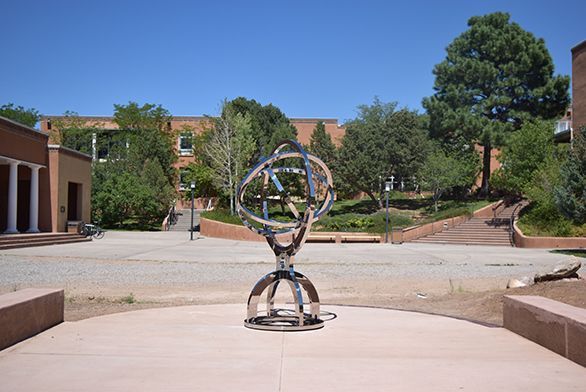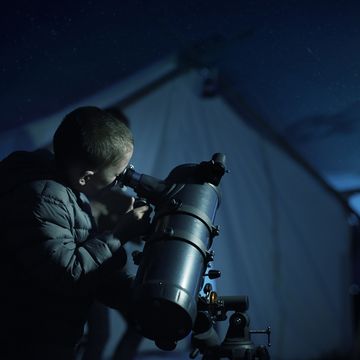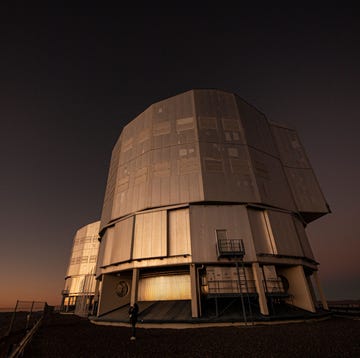- One of America's oldest colleges has unveiled a replica of the even older Tycho Brahe armillary sphere.
- Brahe fine-tuned existing designs for his armillary sphere, which helped astronomers plot orbits.
- This new armillary sphere is thought to be the only working one on Earth today.
St. John’s College in Santa Fe, New Mexico has unveiled the only working Tycho Brahe armillary sphere on Earth. The complex device is used to target and measure distances in space, and although it was invented in the 16th century by landmark astronomer and polymath Tycho Brahe, none of his devices survived past shortly after they were made.
Think of an armillary sphere like a circular slide rule with four separate axes. In a beautiful symmetry, Brahe helped to debunk the idea of the so-called celestial sphere, where the Earth was surrounded by a static and spherical shell with all the celestial bodies adorning it, before inventing the Tycho armillary sphere, which is used to identify and plot where the moving, varied celestial bodies really are.
The armillary sphere idea wasn’t new, and Brahe improved on very old designs from ancient Greek mathematicians Ptolemy and Hipparchus. To build a sound and precise armillary sphere was a huge job, and even small inconsistencies could throw the measurements off a lot, so even within Brahe’s lifetime, the device wasn’t an unconditional success. Today, we admire it mostly as an ancestor of more precise instruments that came later—an important stepping stone between, say, the astrolabe and the telescope.
Because of that, its new home at St. John’s College is strangely fitting. St. John’s is one of the oldest colleges in the U.S. (founded in 1696) and has had a Great Books curriculum—a reading-based program where students read western classics as their entire degree, which is arguably the most liberal arts form of education in practice today.
By building a Tycho armillary sphere and donating it to the college, St. John’s class of 2004 has paid an expensive tribute to the school’s ideals. In its press release, the college explains, “It was intended, [tutor emeritus Bill Donahue] explains, to bridge the perceived divide between the sciences and the arts—though he does not himself believe in their separation.”
Indeed, the Tycho sphere is an instrument of science that requires both artistry and sound metalcraft. It’s striking and beautiful, but those are secondary effects of the way the design itself functions. The interlocking rings are moved to model and measure positions of multiple celestial objects and distances between them. Over time, they can document an orbit.
Because the units of measure are so tiny in comparison to the scale of the sky, a Tycho sphere must be painstakingly precise. The class of 2004 gathered all the surviving plans and diagrams they could find, and they commissioned British design firm David Harber to craft a working sphere from surgical-grade stainless steel. David Harber has sculptural, decorative armillary sphere designs on its website, but the St. John’s sphere is much larger and also had to function. The final product cost about $100,000.
The Tycho armillary sphere isn’t cutting-edge science in 2020, but it isn’t meant to be. By studying the sphere and the measurements it provides, Donahue says in the statement, he hopes students continue to engage directly with the history and context that led scientists at the time to develop it.
“We’re not just trying to read old astronomy books, we’re trying to understand their view of the world,” Donahue says.

Caroline Delbert is a writer, avid reader, and contributing editor at Pop Mech. She's also an enthusiast of just about everything. Her favorite topics include nuclear energy, cosmology, math of everyday things, and the philosophy of it all.
